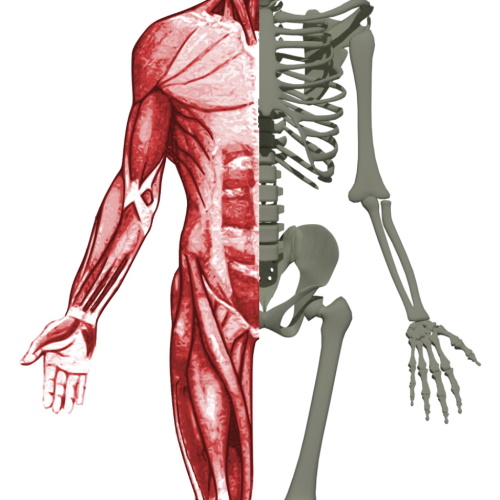Lykke Sylow at ARDD2024: Preserving muscle mass for healthy aging: Old tricks and new targets
Lykke Sylow discusses maintaining muscle mass for healthy ageing
Lykke Sylow's talk centers on the importance of preserving skeletal muscle mass and function for healthy ageing, addressing age-related muscle atrophy and obesity's role in accelerating health challenges. She discusses innovative approaches to mitigate these issues, emphasizing the interplay of exercise, obesity drugs, and emerging scientific discoveries.
Key Points:
Preserving muscle mass is pivotal for healthy ageing. Lykke Sylow advocates leveraging the latest scientific advances to complement lifestyle changes, such as exercise, with emerging therapies for optimal health outcomes. This approach holds promise for combating the intertwined challenges of ageing and obesity in modern societies.
- Exercise as a Powerful Intervention: Exercise is an established and highly effective method for maintaining muscle mass, improving metabolic health, and counteracting age-related decline. However, despite its benefits, widespread adherence to optimal exercise routines remains low. Sylow emphasized the need to explore ways to harness the physiological effects of exercise through pharmacological means for populations unable to meet exercise recommendations.
- Sarcopenic Obesity Epidemic: The "sarcopenic obesity" epidemic—characterized by reduced muscle mass and function alongside increased fat mass—has emerged as a dual public health crisis. This condition increases risks for cardiovascular diseases, diabetes, several cancers, and mobility limitations, particularly in the elderly. It also leads to longer hospital stays and greater complications after medical procedures, underscoring its clinical significance.
- Obesity Drugs: Promises and Challenges: GLP-1 receptor agonists have shown remarkable effectiveness in reducing body weight in individuals with obesity. However, these drugs also cause significant loss of muscle mass—up to 40% of total weight loss in some cases. Sylow highlighted the need to pair such drugs with therapies or interventions that preserve skeletal muscle mass, especially for ageing populations.
- Discovering Exercise-Mimicking Targets: Cutting-edge research into exercise-regulated proteins has identified numerous molecular pathways that mimic the benefits of physical activity. However, many of these mechanisms remain poorly understood. Sylow's team is working to identify and characterize these "exercise signatures," aiming to develop novel therapies that replicate exercise's systemic health benefits.
- TINIC Protein and Metabolism: The TINIC protein emerged as a key focus in Sylow's research. Studies in animal models demonstrated that TINIC knockout mice were resistant to diet-induced weight gain, maintained metabolic flexibility, and exhibited better glucose regulation. These findings suggest that targeting TINIC could provide a promising approach for managing obesity and related metabolic disorders.
- Human Translation and Future Prospects: While much of the work has been conducted in animal models, preliminary human studies show correlations between TINIC variants and metabolic health markers. Ongoing clinical trials are testing TINIC inhibitors' safety and efficacy in humans, offering hope for combining these drugs with GLP-1 agonists to enhance weight loss while preserving muscle mass.
Visit website: https://www.youtube.com/watch?v=JzG_wzU_xPs
Details last updated 05-Jan-2025
Mentioned in this Resource
ARDD 2024 - 11th Aging Research & Drug Discovery Meeting
26-Aug-2024 to 30-Aug-2024
Event about latest progress in the molecular, cellular and organismal basis of aging organised by University of Copenhagen (Copenhagen, Denmark)





